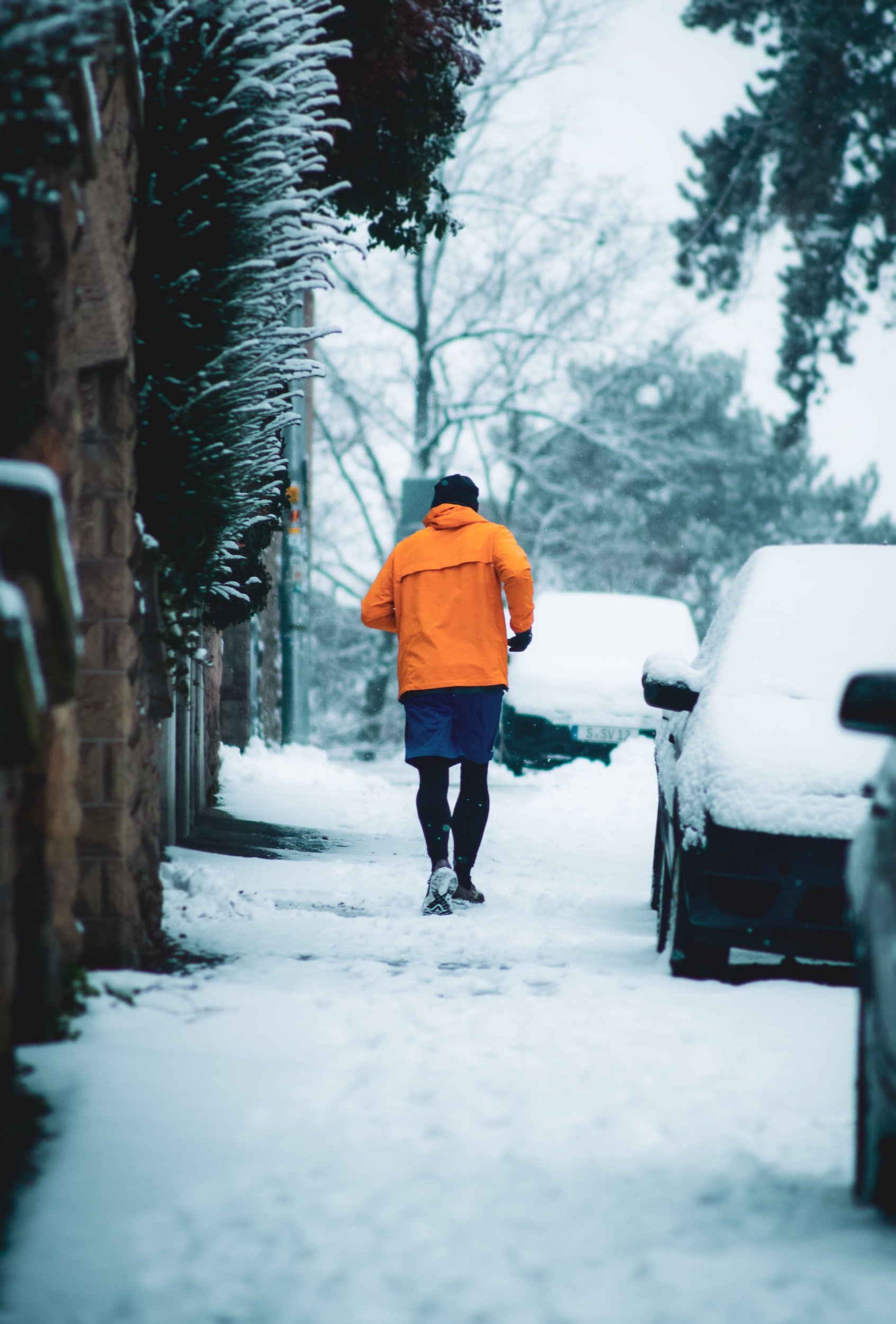What Happens When You Run in Cold Weather
You know that running in cold weather feels more difficult than in warm weather. But why does this happen? And what can you do to make running in the cold not only feel easier, but keep your risk of injury low? Follow these tips for more information on what happens when you run in cold weather.
Physiological Changes in Cold Weather
When your body gets cold, the following happens:
Increased activation of cold receptors
Vasoconstriction of blood vessels in fingers and feet, which shunts blood to core
Increased heart rate
Increased ventilation at submax exercise
Shivering
Stimulation of erector pili muscles (hair sticks up) which increases insulation
Decreased muscle strength/force production, and peak power output
Muscle blood flow decreases at rest and during exercise in cooled muscle, which results in increased rate of muscle fatigue
Combined, it’s easy to see why running in the cold can feel more difficult than running in warmer weather. In addition to these physiological changes, there are other risks that occur when running in cold weather.
Running Injury & Performance Risk Factors in the Cold
Running in the cold is more difficult on the body, and it can also increase the risk of injury and reduce running performance.
First, your risk of windchill and hypothermia is high. Cold wind increases heat loss more quickly than warm wind. Plus, inadequate insulation from body fat and/or clothing can increase your risk. Your body’s natural reaction will be to shiver, which decreases muscle efficiency and increases metabolic cost.
Running in the cold causes increased muscle motor unit recruitment, increasing risk for strain and overuse injuries.
You may also experience dehydration, increased carbohydrate metabolism, and lower lipid metabolism.
The body’s reaction to cold could include increased sub max VO2 (15-20% more) to working muscles (fatigue quicker, greater heat loss), increased central blood pressure (preload to the heart), decreased muscle contractile velocity, decreased ATP metabolism, increase blood viscosity.
All of these reactions can result in impaired coordination and movement patterns - continuing to increase your risk of injury.
In extreme cold and prolonged exposure, you could experience hypoglycemia, a dangerous situation which decreases shivering and drops body temp.
How to Stay Safe When Running in The Cold
All that information may make you scared to run in the cold. But don’t fear! There are many things you can do to decrease risk of injury.
Remember that heat loss by conduction and convection occur more rapidly in water. If your clothes get sweaty as you run, you should remove them. Be sure to remove wet clothing as soon as your run is over.
Add layers of clothing or heat to torso increases the comfort of the toes and hand due to decreasing the vasoconstriction (hand and foot comfort is related to torso temperature)
Wear moisture wicking clothes
Incorporate an adequate warm up to get blood flowing and activate your muscles
Cover all exposed skin areas to prevent frost bite
While running, increase your H20 and CHO intake
Take shorter, quicker runs
Run in the sun (as best you can in the PNW!)
Increase caloric intake
With these tips you keep running safely all winter.
Have more questions about winter running and staying injury free? Contact us today!

